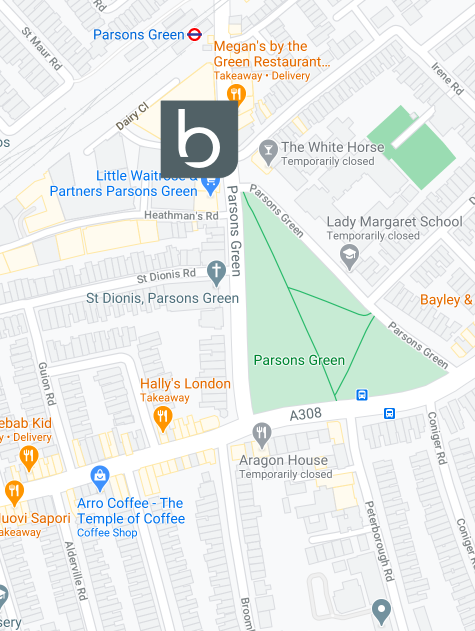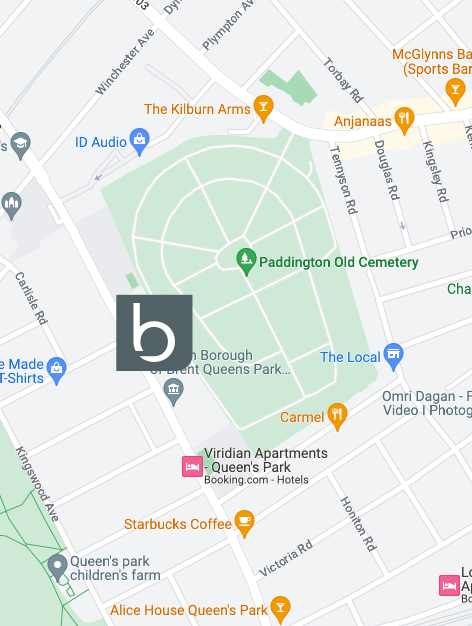
Close
Enquiry
Please see contact information below or complete the form and we will get in touch with you.

Parsons Green
3rd Floor Brigade House
8 Parsons Green
London
SW6 4TN

Queen's Park
2nd Floor
105-109 Salusbury Road
London
NW6 6RG

Jesse's House
8-10 Heathmans Road
Parsons Green
London
SW6 4TJ
Mastering the Art of Pacing: How to Run a Successful 10K

Running a 10K race is a unique challenge—it’s long enough to test your endurance but short enough that pacing is crucial for a strong finish. Whether you’re aiming to set a new personal best or simply want to complete the race feeling strong, understanding how to pace yourself effectively is key. In this guide, we’ll walk you through everything you need to know to pace your 10K race like a pro.
-
Pre-Race Preparation: Setting the Foundation
Before race day, a well-thought-out strategy is essential. Here’s how to prepare:
Know Your Pace:
Start by determining a realistic goal pace based on your previous 5K or 10K times, or from pace workouts during your training. This pace should be one that you can sustain comfortably for the entire 10K distance. For example, if you’ve been running a consistent 5:00 per kilometre pace in training, aim for something close to that.
Practice Makes Perfect:
Incorporate pace-specific workouts into your training routine. These could include intervals, tempo runs, or steady-state runs where you practice running at your goal race pace. The more you train at this pace, the more natural it will feel on race day.
Fuel and Hydrate:
Proper nutrition and hydration in the days leading up to the race are critical. Aim to be well-hydrated and eat a light, carb-focused meal 2-3 hours before the start. Avoid anything new or heavy that might upset your stomach.
-
Race Day Strategy: The Art of Pacing
Race day has arrived, and it’s time to put your plan into action:
Start Steady (Kilometre 1):
The excitement of race day can easily cause you to start too fast, burning valuable energy early on. For the first kilometre, focus on staying relaxed and slightly slower than your goal pace—around 3-5 seconds per kilometre slower (assuming you have something to measure this pace). This will help you warm up and settle into a rhythm without wasting energy.
Settle into Your Pace (Kilometres 2-5):
Once you’ve eased into the race, it’s time to lock in your goal pace. This middle segment is all about consistency. Keep your breathing controlled, maintain good running form, and focus on hitting each kilometre mark at your target time. This is where the bulk of the race happens, so stay calm and steady.
Assess and Adjust (Kilometres 6-8):
As you enter the second half of the race, take stock of how you’re feeling. If you’re strong and confident, consider maintaining or even slightly increasing your pace. If fatigue is setting in, try to stay as close to your goal pace as possible without pushing too hard. This is the critical phase where races are often won or lost.
Finish Strong (Kilometres 9-10):
With just two kilometres to go, it’s time to dig deep and push harder. Gradually increase your effort, aiming to finish with a strong, controlled kick. The final 200-400 meters are your opportunity to leave everything on the course—sprint towards the finish line and give it all you’ve got.
-
Mental Strategies: Staying Strong Throughout
Running a 10K isn’t just a physical challenge—it’s a mental one too. Here’s how to keep your mind in the game:
Break the Race into Segments:
Mentally dividing the race into smaller parts can make the distance feel more manageable. For example, you might focus on the first 2K as a warm-up, the next 3K as your “cruise control,” and the last 5K as your push to the finish.
Positive Self-Talk:
Use positive affirmations to keep your spirits high, especially when the going gets tough. Remind yourself of your training, your goals, and why you’re out there.
Focus on Form:
When fatigue sets in, your form can start to break down, which makes running even harder. Concentrate on staying upright, keeping your shoulders relaxed, and maintaining a smooth, efficient stride.
-
Post-Race Reflection: Learning and Growing
Once you’ve crossed the finish line and caught your breath, take some time to reflect on your race:
Cool Down Properly:
After you’ve finished, keep moving for a few minutes to cool down. This helps prevent stiffness and aids recovery.
Review Your Performance:
Consider what worked well and what could be improved for next time. Did you stick to your pacing plan? Were there moments where you struggled or excelled? Use this insight to adjust your training and strategy for future races.
-
Adapt for Conditions: Be Ready to Adjust
Every race is different, and conditions can vary:
Weather:
If it’s hot or humid on race day, consider starting a little slower than planned and adjust your pace expectations accordingly. Heat can sap your energy faster than you realise.
Course:
Familiarise yourself with the course profile. If there are hills, plan to conserve energy on the climbs and use the downhills to your advantage. Adjust your pacing to accommodate these changes in terrain.
Pacing a 10K race effectively is a skill that combines careful planning, disciplined execution, and mental fortitude. By starting steady, maintaining a consistent pace, and finishing strong, you’ll maximise your performance and achieve your race-day goals. Remember, every race is a learning experience—so take what you’ve learned, refine your approach, and keep striving for improvement. Good luck, and enjoy the run!
If you would like to work with one of our specialist runBeyond physiotherapists to help formulate a training plan or race strategy book an assessment, get in touch.
To learn more, visit: Beyond Health runBeyond™ Coaching
The information provided here is for general guidance and educational purposes only. It is not a substitute for professional advice, diagnosis, or treatment. Always consult a qualified health professional before starting any new exercise program, particularly if you have any pre-existing medical conditions, injuries, or concerns about your health.

